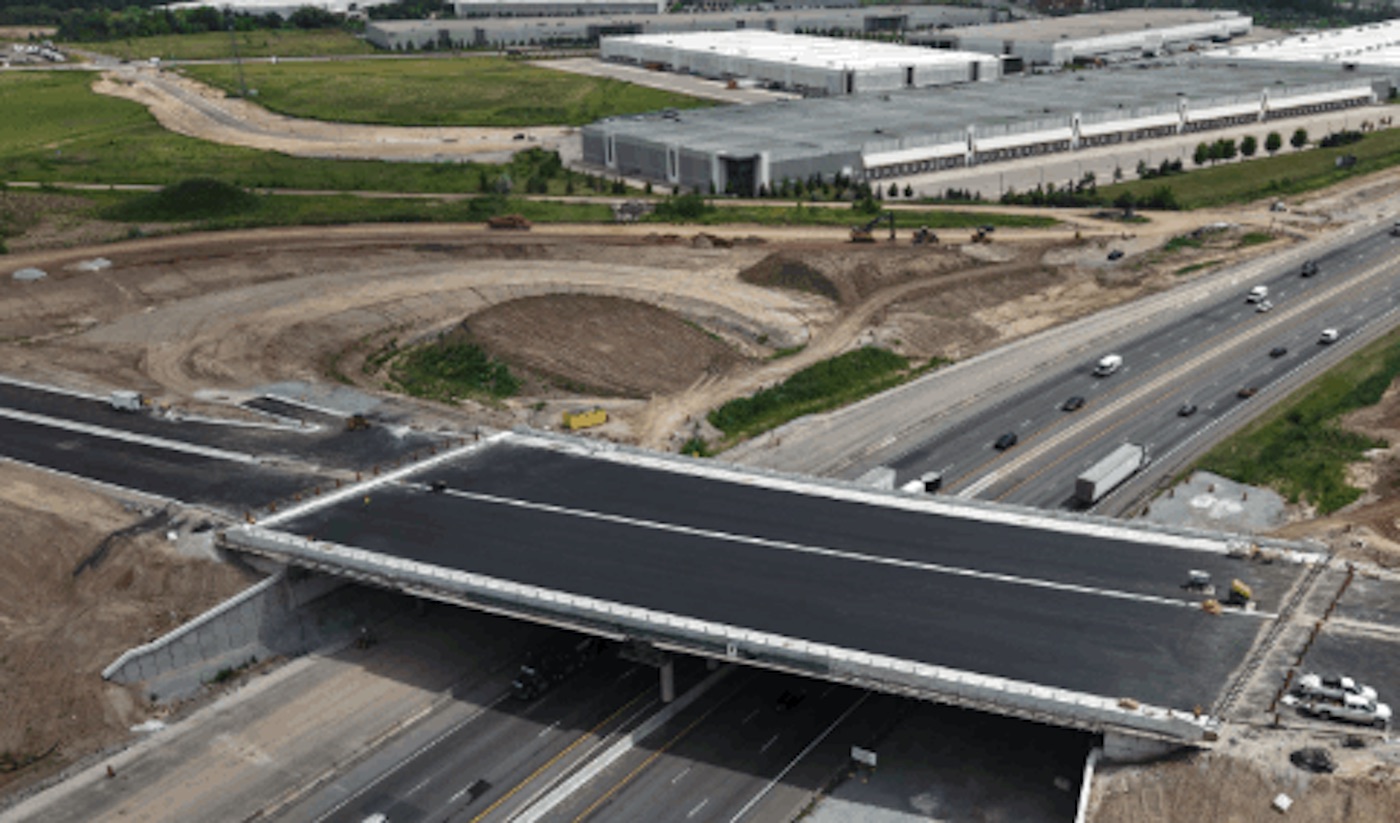Roads Less Traveled: The 401 Closure’s Immediate Impact
The recent closure of a significant stretch of Highway 401 has thrown Southern Ontario into a state of disarray. As one of the busiest highways in North America, the 401 forms the backbone of the region’s transportation infrastructure, and its sudden closure has disrupted not just weekday commuters but also the vast network of goods and services that rely on this essential thoroughfare. Local villages braced for increased congestion, as detours transformed once-peaceful roads into busy thoroughfares, which has left many residents feeling as if they are living in an unexpected, traffic-filled nightmare.
Public Reaction: Voices from the Affected
Social media has been a storm of opinions, with hashtags like #401Closure trending across platforms. Frustrated commuters have shared pictures and stories of hours spent stuck in traffic, some even taking to Twitter to vent their frustrations. One frustrated driver shared, “Sitting on the 401 closure detour for an hour has turned my 15-minute drive into a two-hour ordeal. What was once routine is now a test of patience!” This reflects a broader sentiment that the closure is more than just an inconvenience; it’s a significant disruption to daily life. With some community members now committing to alternative methods of transport, like biking or carpooling, it seems the closure has inadvertently given rise to a different kind of local connectivity.
Economic Implications: More Than Just Traffic Jams
Beyond personal frustration lies the economic repercussions of the 401 closure. Small businesses that depend on the traffic brought by the highway have already started to feel the pinch. Local shops in towns near the closure are reporting a noticeable drop in foot traffic, which has raised concerns about long-term sustainability. “Every passing car was potentially a customer before the closure,” opined local shop owner James Lister. “Now, with only half the cars passing by, we’re worried that sales will drop even further.” Efforts to promote these businesses in the wake of the detours could provide a much-needed lifeline, but the uncertainty is palpable.
Environmental Considerations: A Silver Lining?
Interestingly, while the 401 closure has disrupted daily life, some environmental advocates are viewing it as a unique opportunity. With reduced vehicular traffic, there’s a possibility for decreased air pollution in certain areas. Local environmental activist Jennifer Greene commented, “Less traffic means cleaner air, and while this closure is challenging, it may present a chance for communities to assess their transportation strategies more critically.” This remark raises questions about how the region might shift its long-term approach to public transport and car dependency, ultimately aiming for more sustainable practices.
Looking Ahead: A Path to Recovery
As plans to resume normal traffic flow develop, both the regional authorities and the communities affected by the 401 closure have the opportunity to cultivate a more resilient transportation infrastructure. Public forums might be a good start to address concerns and collect feedback. Authorities will need to ensure that not only is the highway restored to service as expeditiously as possible, but that initiatives aimed at bolstering community ties during this disruption are taken seriously. If nothing else, this incident serves as a stark reminder of how crucial infrastructure is for our daily lives, and how swiftly things can change. The horizon may feel congested today, but there is hope for clearer roads ahead.
